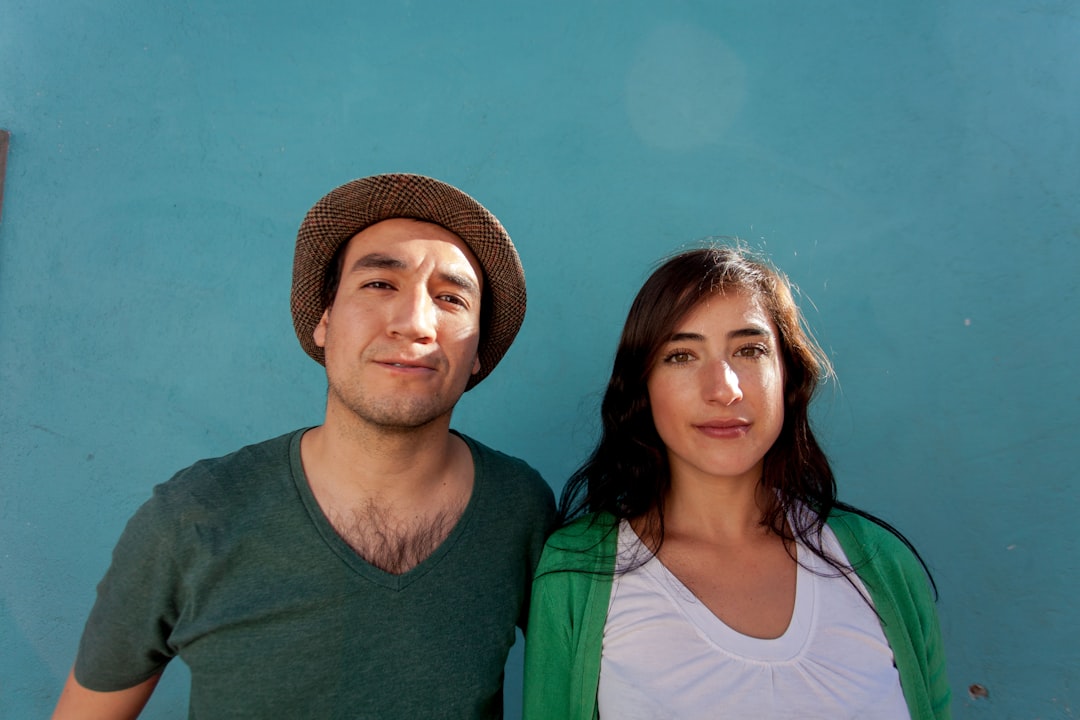What is it about?
Aims: When subjected to dynamic temperatures surpassing the expected maximum growth temperature, Escherichia coli K12 MG1655 shows disturbed growth curves. These irregular population dynamics were explained by considering two subpopulations, i.e. a thermoresistant and a thermosensitive one (Van Derlinden et al. 2010a). In this paper, the influence of the initial cell concentration on the subpopulations’ dynamics is evaluated. Methods and Results: Experiments were performed in a bioreactor with the temperature increasing from 42 to 65°C (1 and 4°C/ h) with varying initial cell concentrations [6, 12 and 18 ln(CFU/ml). When started from the highest cell concentration, the population was characterized by a higher overall maximum growth temperature and a higher inactivation temperature. For all experimental set-ups, resistant cells were still growing at the final temperature of 65°C. Conclusions: The initial cell concentration had no effect on temperature resistance. The increase in temperature resistance of the sensitive subpopulation was because of the change of the physiological state to the stationary phase.
Featured Image
Why is it important?
A higher initial cell concentration leads to higher heat stress adaptation when cultures reach a maximum cell concentration.
Perspectives
The observed growth at a temperature of 65°C is very important for food safety and the temperature treatment of micro-organisms.
Prof. dr. ir. Iris Cornet
Universiteit Antwerpen
Read the Original
This page is a summary of: Heat stress adaptation of Escherichia coli under dynamic conditions: effect of inoculum size*, Letters in Applied Microbiology, September 2010, Wiley,
DOI: 10.1111/j.1472-765x.2010.02920.x.
You can read the full text:
Contributors
The following have contributed to this page










